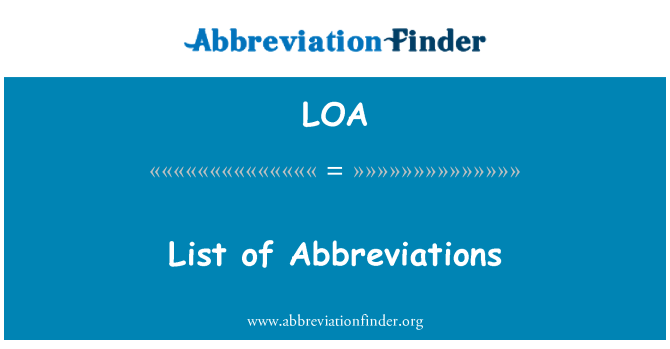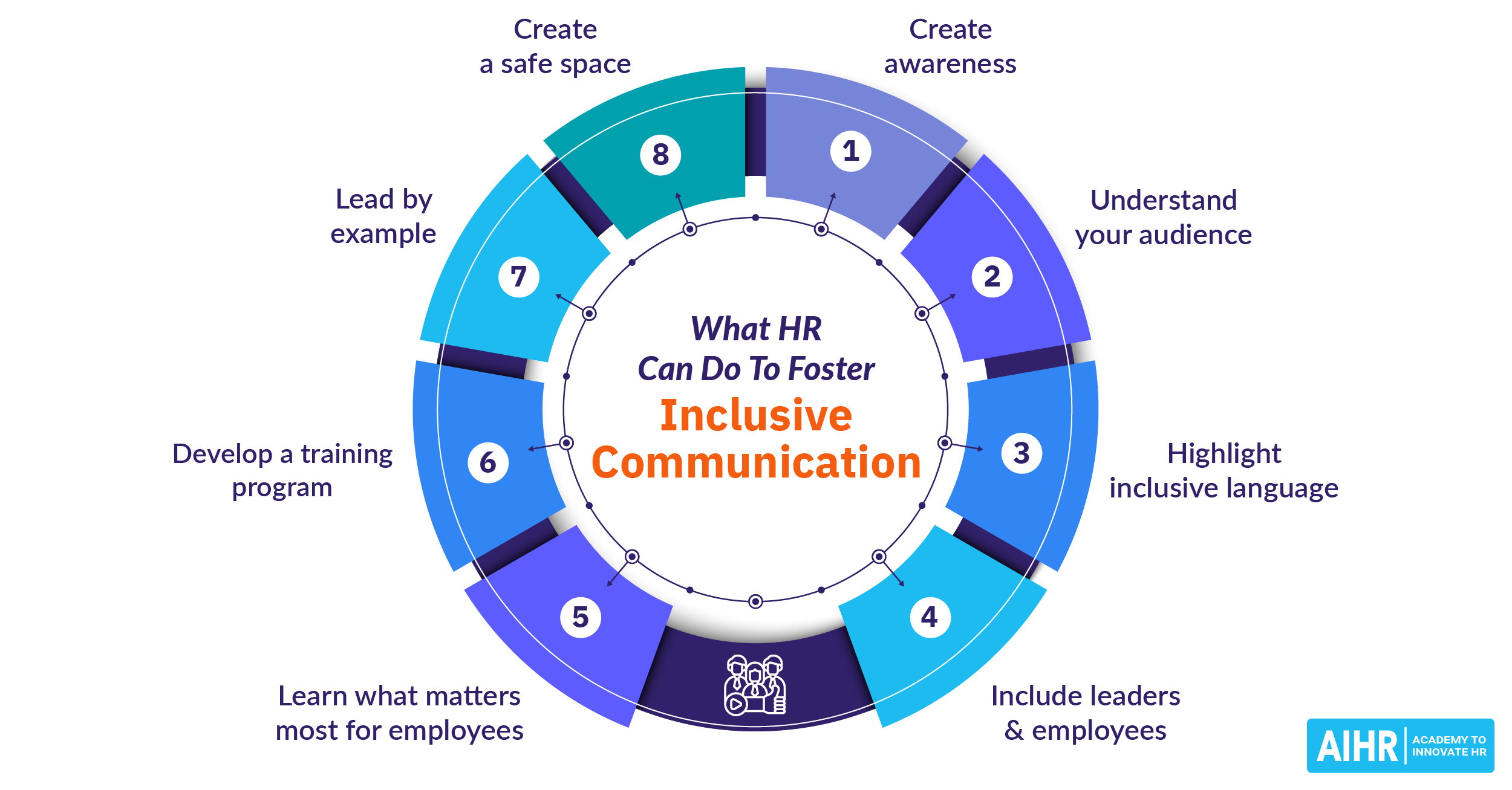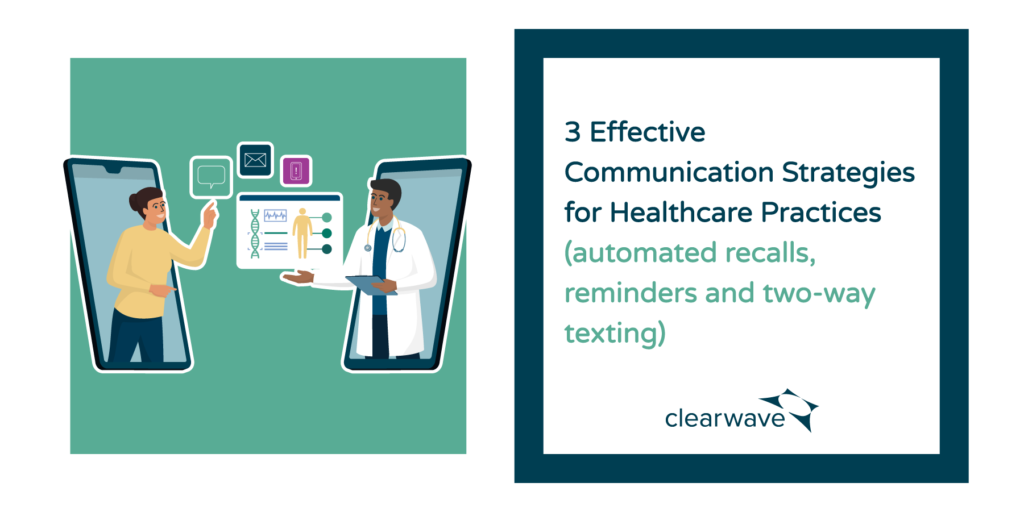12 Loa Abbreviation Tips: Improve Healthcare Communication

The effective use of abbreviations in healthcare communication is crucial for ensuring patient safety, streamlining clinical workflows, and reducing errors. One key area of focus is the 12-lead electrocardiogram (ECG), commonly abbreviated as 12-lead ECG or simply 12 Loa. In this context, understanding and correctly applying abbreviations related to the 12 Loa can significantly enhance the clarity and efficiency of healthcare communication. Here, we will delve into 12 essential tips for improving healthcare communication through the proper use of 12 Loa abbreviations, emphasizing their importance, standardization, and application in real-world scenarios.
Introduction to 12 Loa Abbreviations

The 12 Loa, or 12-lead electrocardiogram, is a fundamental diagnostic tool in cardiology, providing a comprehensive view of the heart’s electrical activity from 12 different angles. The use of abbreviations in reporting and discussing 12 Loa findings is widespread, ranging from ECG for electrocardiogram itself to more specific terms like P wave, QRS complex, and T wave, which represent different components of the cardiac cycle. Proper understanding and use of these abbreviations are vital for accurate interpretation and communication of 12 Loa results.
Standardization of 12 Loa Abbreviations
Standardization is a critical aspect of using 12 Loa abbreviations effectively. Consistency in abbreviation usage helps prevent confusion and miscommunication among healthcare professionals. For example, using PR interval consistently to refer to the period from the beginning of the P wave to the start of the QRS complex ensures that all team members are on the same page when discussing patient data. Standardization also facilitates the education and training of new healthcare professionals, as they can learn a set of universally accepted abbreviations rather than navigating a variety of local or personal preferences.
| Abbreviation | Description |
|---|---|
| ECG | Electrocardiogram |
| P | P wave, indicating atrial depolarization |
| QRS | QRS complex, representing ventricular depolarization |
| T | T wave, signifying ventricular repolarization |
| PR | PR interval, from P wave onset to QRS start |

Improving Communication with 12 Loa Abbreviations

Beyond standardization, the strategic use of 12 Loa abbreviations can significantly improve healthcare communication. This involves not just the use of abbreviations themselves but also how they are integrated into reports, discussions, and patient records. For instance, clarity can be enhanced by defining less common abbreviations when they are first used, especially in written communications or when dealing with patients who may not be familiar with medical terminology. Additionally, leveraging technology, such as electronic health records (EHRs) with built-in abbreviation libraries, can help automate the process of using standardized abbreviations, reducing the chance for error.
Technical Specifications and Performance Analysis
From a technical standpoint, the performance of 12 Loa equipment and the analysis of the data it produces are critical. Understanding the technical specifications of ECG machines, such as their sampling rate, resolution, and filtering capabilities, is essential for accurate data interpretation. Furthermore, the analysis of 12 Loa data involves not just the recognition of normal and abnormal patterns but also the ability to correlate these findings with clinical symptoms and other diagnostic results. This integrative approach ensures that 12 Loa abbreviations are used in a context that enhances patient care rather than simply conveying technical information.
When analyzing the performance of 12 Loa equipment, healthcare professionals must consider factors such as signal quality, electrode placement, and patient preparation. These factors can significantly affect the accuracy and reliability of the ECG tracing, highlighting the need for meticulous attention to detail in both the acquisition and interpretation of 12 Loa data.
- Signal Quality: High-quality signals are essential for accurate ECG interpretation. Factors affecting signal quality include electrode placement, skin preparation, and the presence of electrical interference.
- Electrode Placement: Correct electrode placement is critical for obtaining a diagnostic-quality ECG. Incorrect placement can lead to inaccurate readings and misinterpretation of the ECG tracing.
- Patient Preparation: Patient preparation, including instructing the patient to remain still and relaxed during the ECG, is vital for minimizing artifacts and ensuring a high-quality tracing.
Future Implications and Real-World Applications

The future of 12 Loa abbreviations in healthcare communication is closely tied to advancements in technology and the evolving needs of patient care. As digital health continues to grow, the role of standardized abbreviations in facilitating seamless communication between different healthcare systems and professionals will become even more critical. Moreover, the integration of artificial intelligence (AI) and machine learning (ML) in ECG analysis could further enhance the efficiency and accuracy of 12 Loa interpretation, potentially leading to new abbreviations and standards for conveying complex diagnostic information.
Comparative Analysis and Professional Insights
A comparative analysis of different approaches to using 12 Loa abbreviations reveals the importance of flexibility and adaptability in healthcare communication. While standardization is key, the ability to adapt to new technologies, diagnostic techniques, and patient needs ensures that communication remains effective and patient-centered. Professional insights from cardiologists, nurses, and other healthcare professionals highlight the value of continuous education and training in maintaining proficiency with 12 Loa abbreviations and their applications.
What is the significance of using standardized 12 Loa abbreviations in healthcare communication?
+Standardized 12 Loa abbreviations are crucial for ensuring clarity, consistency, and accuracy in healthcare communication. They help prevent misunderstandings, facilitate quicker decision-making, and contribute to improved patient outcomes.
How can healthcare professionals stay updated with the latest 12 Loa abbreviations and their applications?
+Healthcare professionals can stay updated by participating in continuous education programs, attending workshops and conferences, and engaging with professional networks and forums where the latest developments and best practices in 12 Loa interpretation and communication are discussed.
In conclusion, the effective use of 12 Loa abbreviations is a cornerstone of efficient and accurate healthcare communication. By understanding the importance of standardization, leveraging technology for improved clarity, and adapting to future advancements, healthcare professionals can enhance patient care and outcomes. As the healthcare landscape continues to evolve, the strategic application of 12 Loa abbreviations will remain a vital tool in the pursuit of excellence in patient care and communication.